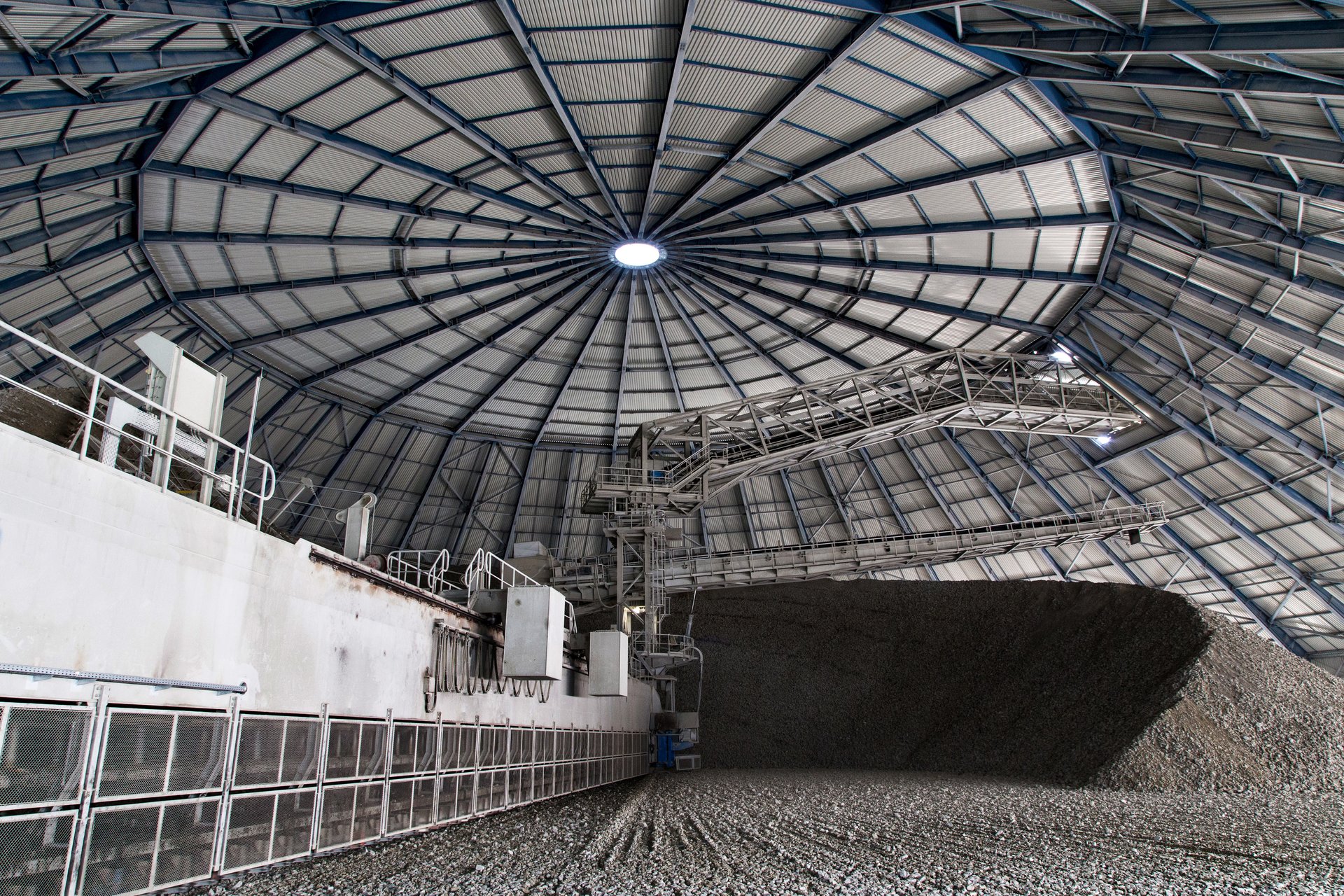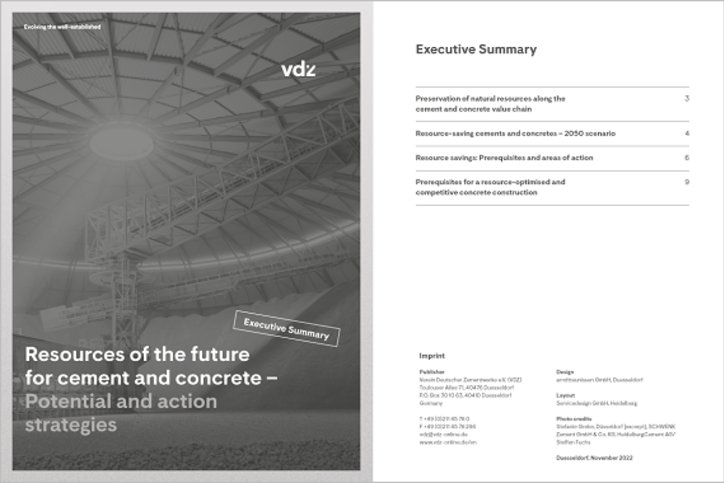The exploitation of natural raw materials forms the basis for the production of cement. The most important primary materials include limestone, marl, chalk, clay, sand, gypsum and anhydrite. Small quantities of bentonite, kaolinite, iron ore, oil shale and trass are also employed. For ecological and economic reasons, the majority of cement plants in Germany are located in the immediate vicinity of the extraction areas, so that the raw materials obtained can be processed directly on site to produce clinker and cement.
The cement industry makes use of alternative raw materials to both conserve natural resources and cut CO2 emissions. For the most part, these materials are the by-products of industrial processes. They also occur in the form of ash when using alternative fuels (e.g. sewage sludge, used tyres). More than 90 per cent of the alternative raw materials are put to use in the cement grinding process. Employed as main and secondary constituents in cement, they reduce the clinker content and thus ultimately also the level of CO2 emissions. Today's alternative raw materials such as blast furnace slag and fly ash may well not be available at all in future, or only to a far lesser extent, on account of the energy transition and structural change in the industrial sector.



